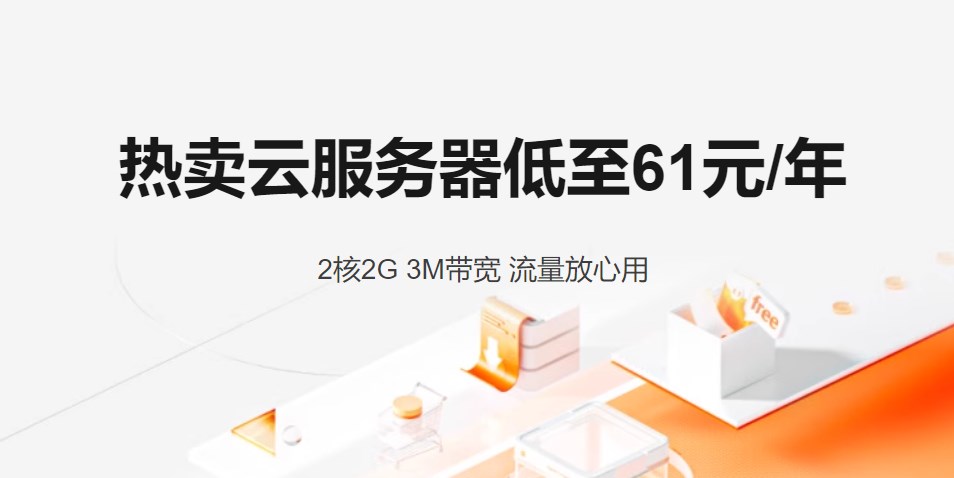我有两本字典,但为了简化起见,我就选这两本:
>>> x = dict(a=1, b=2)
>>> y = dict(a=2, b=2)
现在,我想比较x中的每个键值对在y中是否有相同的对应值,所以我这样写:
>>> for x_values, y_values in zip(x.iteritems(), y.iteritems()):
if x_values == y_values:
print 'Ok', x_values, y_values
else:
print 'Not', x_values, y_values
它的工作原理是返回一个元组,然后比较是否相等。
我的问题:
这对吗?还有更好的办法吗?最好不是在速度上,我说的是代码优雅。
更新:我忘了提到,我必须检查有多少键,值对是相等的。
在PyUnit中有一个比较字典的方法。我使用以下两个字典对它进行了测试,它完全符合您的要求。
d1 = {1: "value1",
2: [{"subKey1":"subValue1",
"subKey2":"subValue2"}]}
d2 = {1: "value1",
2: [{"subKey2":"subValue2",
"subKey1": "subValue1"}]
}
def assertDictEqual(self, d1, d2, msg=None):
self.assertIsInstance(d1, dict, 'First argument is not a dictionary')
self.assertIsInstance(d2, dict, 'Second argument is not a dictionary')
if d1 != d2:
standardMsg = '%s != %s' % (safe_repr(d1, True), safe_repr(d2, True))
diff = ('\n' + '\n'.join(difflib.ndiff(
pprint.pformat(d1).splitlines(),
pprint.pformat(d2).splitlines())))
standardMsg = self._truncateMessage(standardMsg, diff)
self.fail(self._formatMessage(msg, standardMsg))
我不建议在生产代码中导入unittest。我的想法是,PyUnit中的源代码可以重新配置,以在生产环境中运行。它使用pprint来“漂亮地打印”字典。调整这段代码以使其“适合生产”似乎很容易。
你可以用下面的方法写出你自己的函数。
class Solution:
def find_if_dict_equal(self,dict1,dict2):
dict1_keys=list(dict1.keys())
dict2_keys=list(dict2.keys())
if len(dict1_keys)!=len(dict2_keys):
return False
for i in dict1_keys:
if i not in dict2 or dict2[i]!=dict1[i]:
return False
return True
def findAnagrams(self, s, p):
if len(s)<len(p):
return []
p_dict={}
for i in p:
if i not in p_dict:
p_dict[i]=0
p_dict[i]+=1
s_dict={}
final_list=[]
for i in s[:len(p)]:
if i not in s_dict:
s_dict[i]=0
s_dict[i]+=1
if self.find_if_dict_equal(s_dict,p_dict):
final_list.append(0)
for i in range(len(p),len(s)):
element_to_add=s[i]
element_to_remove=s[i-len(p)]
if element_to_add not in s_dict:
s_dict[element_to_add]=0
s_dict[element_to_add]+=1
s_dict[element_to_remove]-=1
if s_dict[element_to_remove]==0:
del s_dict[element_to_remove]
if self.find_if_dict_equal(s_dict,p_dict):
final_list.append(i-len(p)+1)
return final_list
为什么不只是遍历一个字典,并在过程中检查另一个字典(假设两个字典都有相同的键)?
x = dict(a=1, b=2)
y = dict(a=2, b=2)
for key, val in x.items():
if val == y[key]:
print ('Ok', val, y[key])
else:
print ('Not', val, y[key])
输出:
Not 1 2
Ok 2 2
你要做的就是x==y
你这样做不是一个好主意,因为字典里的条目不应该有任何顺序。你可能会比较[('a',1),('b',1)]和[('b',1), ('a',1)](相同的字典,不同的顺序)。
例如,看这个:
>>> x = dict(a=2, b=2,c=3, d=4)
>>> x
{'a': 2, 'c': 3, 'b': 2, 'd': 4}
>>> y = dict(b=2,c=3, d=4)
>>> y
{'c': 3, 'b': 2, 'd': 4}
>>> zip(x.iteritems(), y.iteritems())
[(('a', 2), ('c', 3)), (('c', 3), ('b', 2)), (('b', 2), ('d', 4))]
虽然只有一项不同,但你的算法会发现所有项都是不同的
